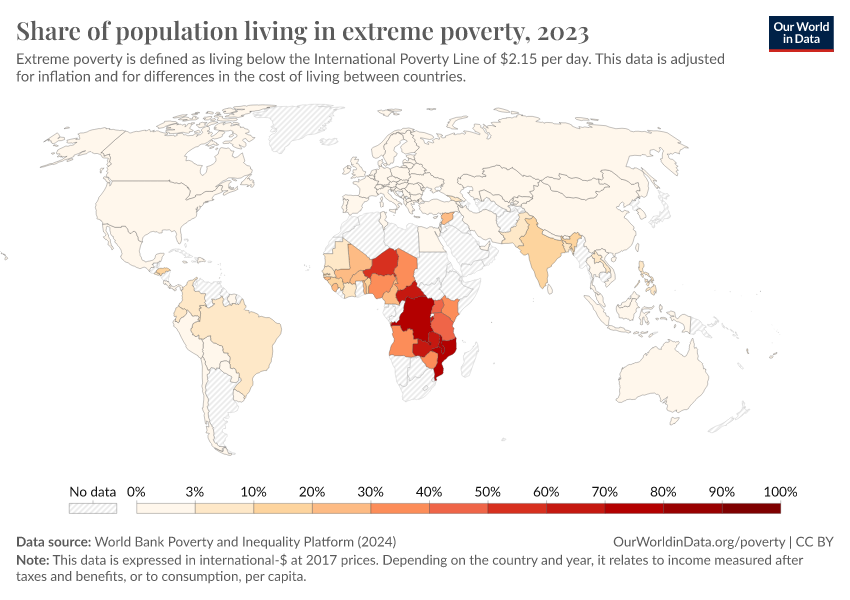The Agricultural Revolution — the transition from hunting and gathering to farming — didn’t end hunger. That’s because more food didn’t mean more per person: it meant more people.
The English cleric Thomas Malthus predicted this would continue forever: food production would always be outpaced by population growth, making lasting progress against hunger impossible.
But at least since the mid-20th century, England has left mass hunger behind. How was this possible? How did English farmers prove Malthus wrong?
The chart shows one central part of the answer. For centuries, cereal yields in England — for staples like wheat and barley — were stuck at about 0.6 tonnes per hectare. That means farmers needed a plot of 100 meters by 100 meters to grow 600 kilograms of cereals per year. Hunger was widespread.
But this changed from the 17th century onward, accelerating a hundred years ago. In a dramatic transformation known as the Second Agricultural Revolution, farmers found ways to grow much more food on the same land.
Today, after four centuries of rising productivity, English farmers are growing about ten times more food on the same land than in the past. This has made it possible to increase food production faster than population growth, breaking England out of the “Malthusian Trap”.
The chart also shows that the world as a whole is changing in the same direction. Global average yields have tripled in the last six decades. Today, yields are already about five times higher than in England in the past. If yields continue to follow this trajectory, it would bring us much closer to the end of global hunger, while also sparing land for nature.
My colleague Hannah Ritchie wrote about how climate change might affect crop yields in the future →







